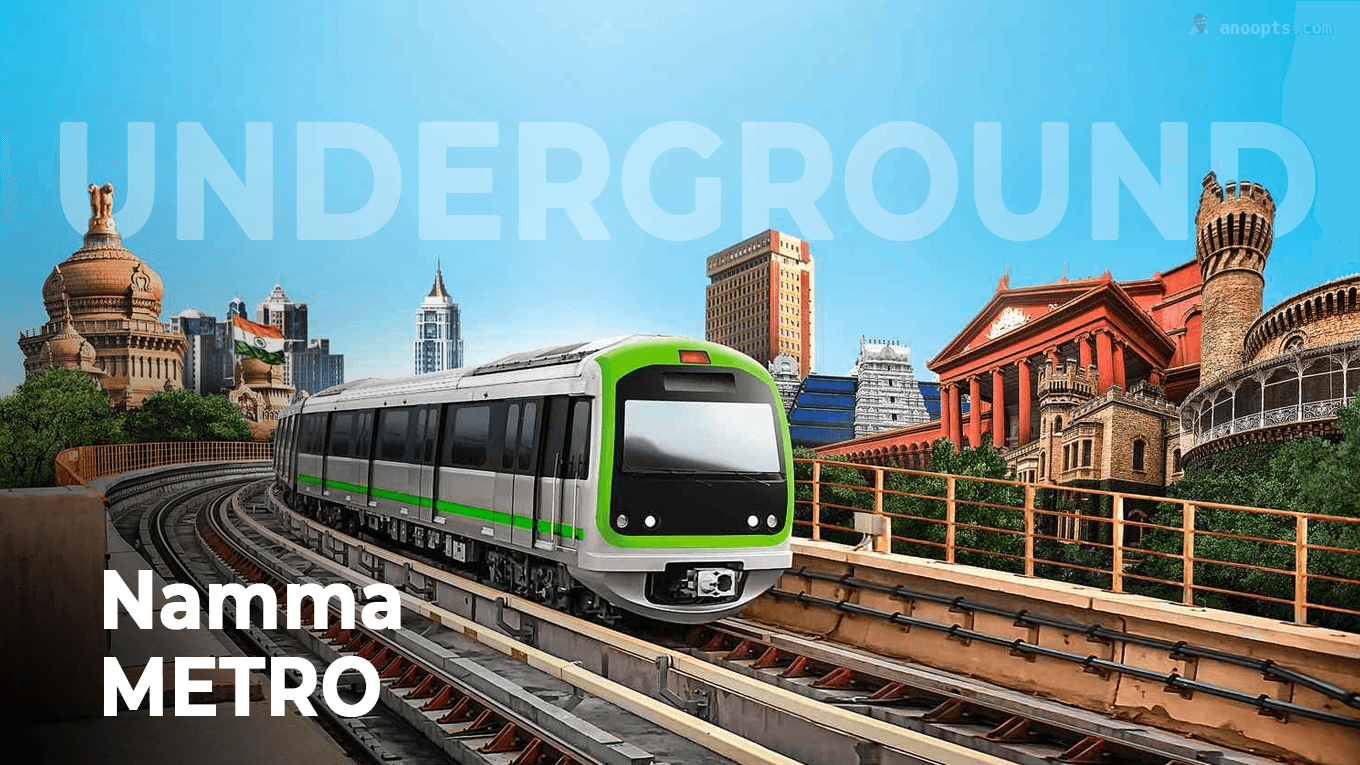Bangalore Metro Rail: The First Underground Metro Journey

In a significant milestone for the city of Bangalore, India, 2016 marked the year when the first underground metro journey took place in the Bangalore Metro Rail system. This monumental event not only revolutionized public transportation in the city but also laid the foundation for a modern, efficient, and eco-friendly commuting experience. Join us as we delve into the historic journey and explore the impact of the Bangalore Metro on the city’s transportation landscape.
On 30th April 2016, Bangalore witnessed a momentous occasion as the city’s first underground metro section was inaugurated. The 4.8-kilometer stretch from Cubbon Park to Kempegowda Station marked the beginning of a new era in urban transportation. The project, known as “Reach-4,” was a part of the ambitious Phase 1 of the Bangalore Metro Rail project, aimed at easing traffic congestion and providing a sustainable commuting solution to the city’s residents.
The construction of the underground section of the Bangalore Metro was a remarkable feat of engineering. Overcoming challenges like densely populated areas, congested road networks, and existing infrastructure, the metro tunnels were meticulously bored through the city’s subsoil. The use of tunnel boring machines ensured minimal disruption to the city’s above-ground activities, while state-of-the-art engineering techniques ensured the structural integrity and safety of the underground metro tunnels.
With the inauguration of the underground section, Bangaloreans gained access to a modern, air-conditioned, and efficient mode of transportation. The metro trains were equipped with advanced technology, offering a comfortable and reliable journey for passengers. The underground stations boasted world-class amenities, including escalators, elevators, and spacious platforms. Commuters were able to bypass traffic congestion, saving precious time and enjoying a hassle-free commute.
One of the primary goals of the Bangalore Metro Rail project was to alleviate the city’s traffic woes and reduce pollution levels. By providing a viable alternative to private vehicles, the metro aimed to shift commuters from cars and two-wheelers to eco-friendly public transportation. The underground section played a crucial role in this regard, as it connected major hubs and reduced travel time, thereby encouraging more people to opt for the metro. This shift towards sustainable transportation has had a positive impact on the city’s traffic congestion and air quality.
The inauguration of the underground metro section in 2016 not only transformed the way Bangaloreans traveled but also sparked significant development in the surrounding areas. Commercial and residential projects flourished near metro stations, taking advantage of the improved connectivity and accessibility. The metro became a catalyst for urban growth, fostering economic development and enhancing the overall livability of the city.
The first underground metro journey in Bangalore Metro Rail in 2016 was a watershed moment for the city. It marked the beginning of a revolution in public transportation, offering Bangaloreans a modern, efficient, and sustainable way to navigate the bustling city. The underground section not only eased traffic congestion and reduced pollution but also opened up new avenues for development and economic growth. As Bangalore continues to expand its metro network, the future looks promising for a city that is committed to providing its residents with a world-class transportation system.

